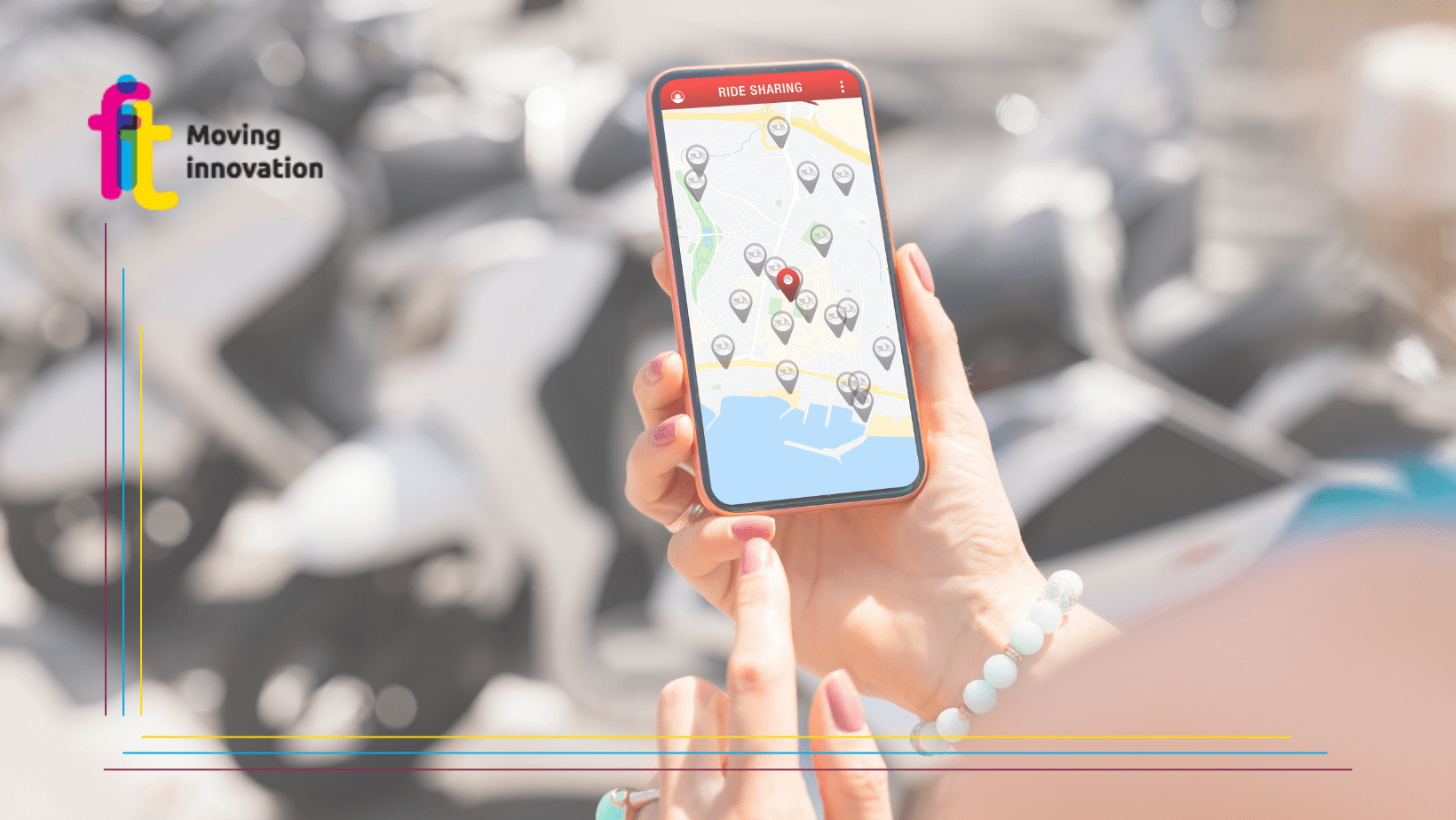In urban areas, it is now increasingly common to use sharing vehicles, such as electric scooters, bicycles and scooters, to get from one point to another in the city. In recent years, in fact, the micro-mobility market has been characterised by rapid growth and cities have quickly filled up with shared vehicles available to users. Such rapid growth that a recent research conducted by IoT company Berg Insight estimated the total number of shared vehicles for urban micro-mobility at 38.2 million globally by 2027. In 2022, the total number was 25.3 million.
The most popular and appreciated service is bike-sharing, i.e. short-term bicycle rental, either through the station-based operating model – users can pick up a vehicle at a designated station and drop it off at another station at the end of the ride -, which is the most widespread in Europe and North America; or through the free-floating model, which allows members to pick up and drop off vehicles anywhere within a designated area of the city.
According to IoT Berg Insight’s research, it is estimated that the total number of shared bicycles worldwide will reach 23.7 million vehicles, the majority of which are free-floating bicycles in China.
On the scooter-sharing front, however, the research reveals how the market has gained a lot of attention from the media and investors in recent years, growing rapidly from 2017 to the present. The number of scooter-sharing vehicles in the world today is estimated by the company to be around 1.5 million.
Finally, scooters, which have always been perhaps the most controversial and ambiguous means of transport on city streets. According to IoT Berg Insight, the number of shared scooters in shared mobility programmes would reach 120,000 vehicles by the end of 2022.
Underlying the success of such initiatives, in addition to their obvious usefulness and ease of use, there is of course the telematics development: sharing infrastructure providers provide complete solutions including telematics hardware solutions, user and vehicle identification, information kiosks, as well as fleet management platforms and mobile applications. “In recent years,” the research states, “micro-mobility operators have added increasingly complex telematics applications, such as curbside detection and parking enforcement functions. The use of artificial intelligence and machine learning models are increasingly common in these applications’. And this is precisely the secret behind their present and future success.
Source: SmartCitiesWorld, “Shared micromobility fleet to reach 38.2 million by 2027”.








